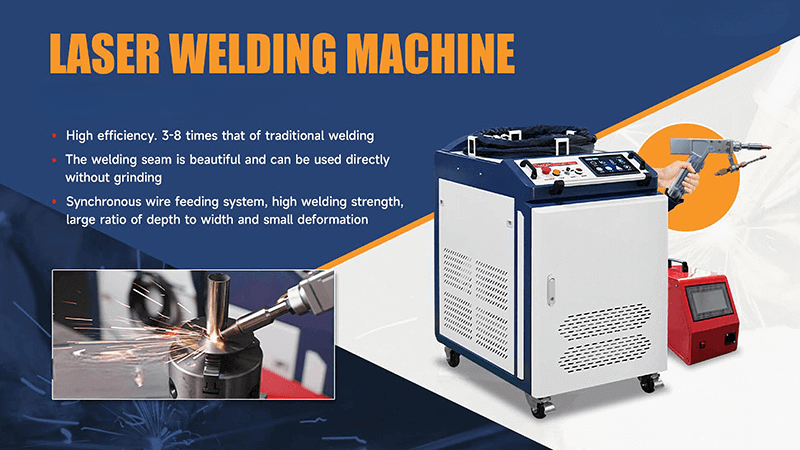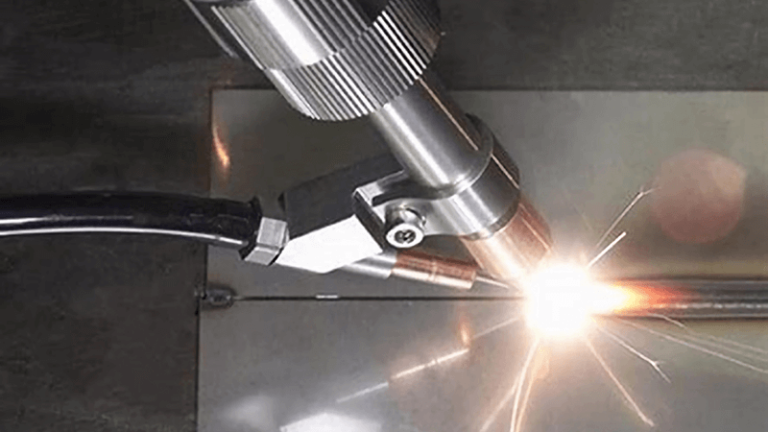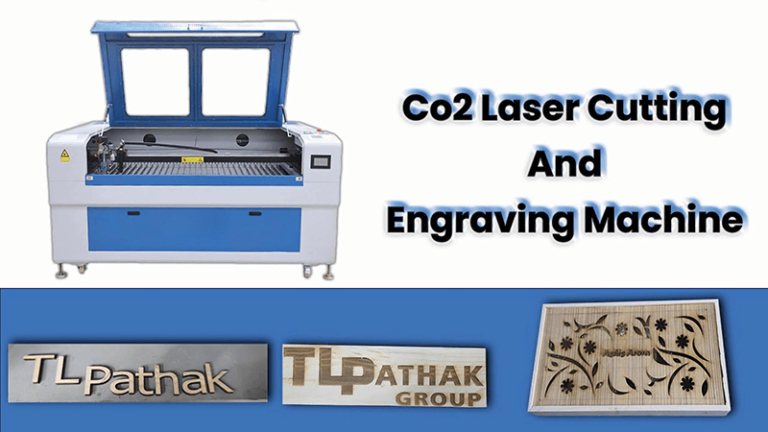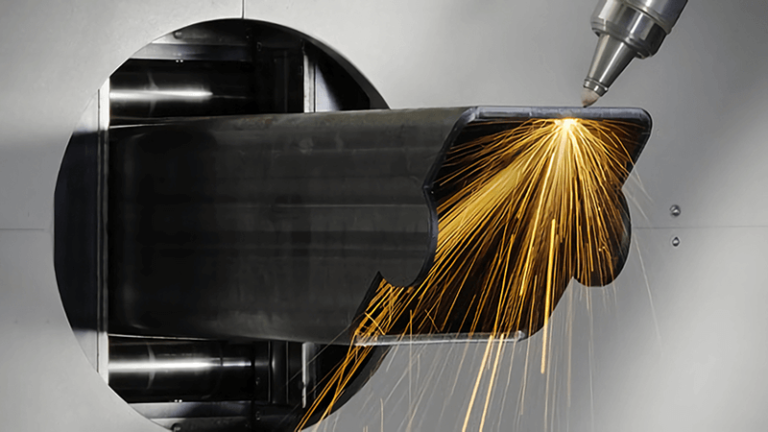Laser welding is quickly becoming a game-changer in the world of stainless steel joining. With its precision and speed, it offers an unparalleled solution for industries needing strong, high-quality welds. In this article, we will explore why laser welding is the future of precision joining, especially in stainless steel.
Laser welding has revolutionized stainless steel joining by offering superior precision, minimal heat-affected zones, and faster welding speeds. These advantages make it ideal for industries that require high-quality welds and efficient production processes.
The growing demand for high-precision and efficient production processes makes laser welding a preferred choice for many industries. Let’s dive into why laser welding is so effective for stainless steel and how it is reshaping the manufacturing landscape.
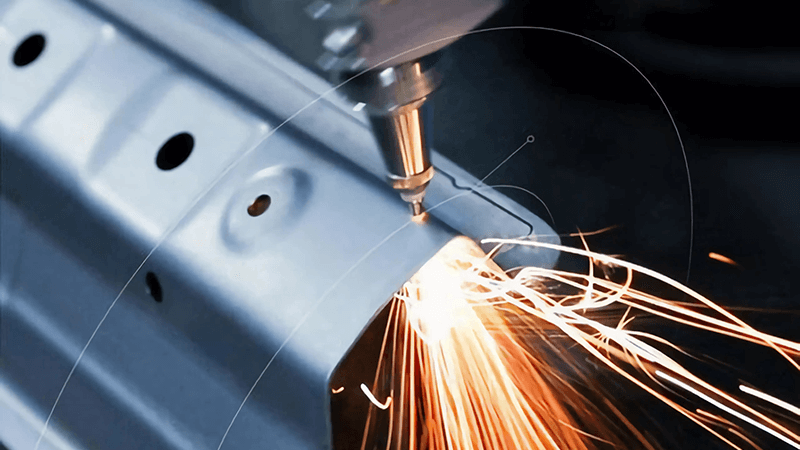
Can you laser weld stainless steel?
Yes, laser welding is not only possible but also highly effective when it comes to stainless steel. It offers several advantages over traditional welding methods, making it an essential tool in precision manufacturing.
Laser welding is highly suitable for stainless steel due to its ability to deliver deep, narrow welds with minimal heat distortion. This makes it perfect for projects that demand precision and high-quality results, such as those in the automotive and aerospace industries.
When it comes to welding stainless steel, laser welding1 stands out due to its ability to focus intense energy into a small area. This results in a precise weld, which is important for materials like stainless steel, known for their toughness and resistance to corrosion. The high energy density of the laser enables deep penetration into the material, creating strong, durable welds that do not require additional finishing processes.
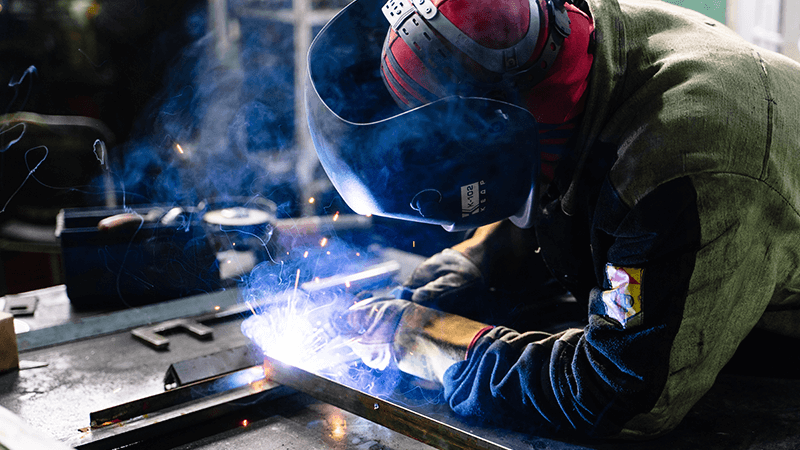
Laser welding can also be used to join very thin stainless steel sheets, which is a challenge for traditional welding methods. This precision also reduces the chances of burn-through, which is often seen with other welding techniques. Furthermore, the minimal heat affected zone (HAZ)2 ensures that the material’s integrity is maintained.
Another key advantage is the ability to control the welding process. Laser machines can be easily adjusted for power, speed, and focal length, allowing for highly customizable welds. This flexibility makes it suitable for different types of stainless steel and varying thicknesses.
| Advantage | Laser Welding | Traditional Welding |
|---|---|---|
| Precision | Very high (micrometer levels) | Moderate |
| Heat-Affected Zone (HAZ) | Minimal | Wide, leading to potential distortion |
| Speed | Fast | Slower |
| Material Thickness | Can weld very thin sheets | Limited to thicker materials |
| Adaptability | Easily adjustable for different materials and thicknesses | Requires more effort to change parameters |
2025 Kirin Laser Hot-selling Laser Welding Machines
Kirin Laser's Laser Welding Machines are designed to provide high-precision and efficient welding solutions for a wide range of industries. Featuring advanced laser technology, these machines ensure clean, fast, and durable welds with minimal heat impact on the surrounding materials. Whether you're working with thin sheets or thick metal plates, our laser welding machines offer consistent performance and excellent weld quality, reducing the need for post-welding treatment and enhancing production efficiency.
Equipped with user-friendly interfaces and automated control systems, Kirin Laser's welding machines are easy to operate, making them an ideal choice for both beginners and experienced operators. These machines are known for their energy efficiency, low maintenance requirements, and long-lasting durability. Perfect for applications in automotive, electronics, aerospace, and more, Kirin Laser's welding solutions are setting a new standard in precision welding technology.
What type of welding is best for stainless steel?
When it comes to stainless steel, the best welding method depends on the project's requirements. However, laser welding is quickly emerging as the top choice due to its precision and speed.
While several methods can be used for stainless steel welding, laser welding stands out for its precision, minimal heat distortion, and high-speed capabilities, making it ideal for applications in industries like aerospace and automotive.
The welding process for stainless steel can vary depending on the specific application, but laser welding3 is gaining significant popularity. Unlike traditional techniques, such as MIG and TIG welding4, laser welding uses concentrated laser energy to create deep, narrow welds with little heat distortion. This makes it ideal for joining thin stainless steel sheets, which are commonly used in industries like automotive, aerospace, and medical device manufacturing.
TIG welding, although highly precise, can be slow and requires a skilled operator to achieve the same results as a laser. On the other hand, MIG welding5 is faster but may result in more distortion and a less clean finish. Laser welding eliminates these issues by offering precision with a faster turnaround time, which is particularly valuable in mass production environments where speed and quality are essential.
The ability to weld stainless steel with a high degree of accuracy is also crucial for industries that require strong joints without compromising the material's integrity. Laser welding's precision minimizes the chances of defects, ensuring that the final product is both structurally sound and aesthetically pleasing.
| Welding Type | Best For Stainless Steel? | Advantages | Limitations |
|---|---|---|---|
| Laser Welding | Yes | Precision, speed, minimal distortion | Requires high initial investment, specialized equipment |
| TIG Welding | Yes | High precision, strong joints | Slow, requires skilled operators |
| MIG Welding | Yes | Faster, easier to operate | More distortion, less precision |

Why is laser welding better?
Laser welding offers several advantages over traditional welding methods, making it the preferred choice for precision applications. But what exactly makes it better for industries that demand high-quality, durable welds?
Laser welding outperforms traditional welding methods by offering superior precision, faster speeds, and minimal heat distortion. These benefits result in stronger, cleaner welds, making it ideal for industries like aerospace, automotive, and medical manufacturing.
Laser welding provides several key benefits that make it superior to other welding methods. One of the most significant advantages is the ability to create deep, narrow welds with minimal heat distortion6. This is especially beneficial when working with materials like stainless steel, where heat-affected zones can significantly impact the strength and appearance of the final product.
Traditional welding methods, such as MIG and TIG welding, often produce wider heat-affected zones, which can lead to material distortion and a weakened joint. With laser welding, the heat is concentrated in a small area, which helps maintain the integrity of the material. This is especially crucial in industries like aerospace, where even the smallest defect could compromise the safety and performance of a product.
Another advantage of laser welding7 is the speed of the process. Laser welding is faster than traditional methods, reducing production times and allowing manufacturers to meet tight deadlines. The high speed, combined with precision, also means less waste and fewer rework requirements. This results in cost savings and improved efficiency.
Furthermore, laser welding is a highly automated process, reducing the need for manual labor and minimizing human error. Automation ensures that each weld is consistent and of the highest quality, making it easier to scale production for large runs of high-quality stainless steel parts.
| Advantage | Laser Welding | Traditional Welding |
|---|---|---|
| Precision | High | Moderate to low |
| Heat Distortion | Minimal | Significant |
| Speed | Fast | Slower |
| Cost Efficiency | High (fewer defects and rework) | Lower initial cost, higher long-term cost |
| Automation | Highly automated | Requires skilled labor |

What is the joining process of laser welding?
The joining process in laser welding involves focusing high-energy laser beams onto stainless steel to create a strong bond. Let’s take a closer look at how this process works and why it is so effective.
In laser welding, a focused laser beam melts the edges of stainless steel parts, allowing them to fuse together. The process is precise, fast, and efficient, making it perfect for industries requiring high-quality welds with minimal heat distortion.
Laser welding works by using a focused laser beam to heat and melt the material at the welding site. The laser beam is extremely focused, which results in minimal heat-affected zones8 and precise control over the weld. As the laser melts the material, the molten edges fuse together to form a strong, durable joint.
This method is ideal for stainless steel because of the material's high resistance to heat and its durability. The laser welding process allows the material to be welded with minimal heat input, reducing the risk of warping or changing the metal’s properties. This is especially crucial when working with materials like stainless steel9, where maintaining material integrity is key.
The precision of the laser welding process ensures that the weld is of high quality with minimal defects. This makes laser welding10 an excellent choice for industries where both appearance and strength are essential. The ability to make precise, clean welds also reduces the need for additional finishing, saving time and money in the production process.
| Step | Process Description |
|---|---|
| Step 1: Laser Beam Focus | The laser beam is focused on the material, creating a small, intense heat zone. |
| Step 2: Melting | The laser melts the edges of the stainless steel, allowing them to fuse together. |
| Step 3: Cooling | The molten material solidifies, creating a strong, durable joint. |
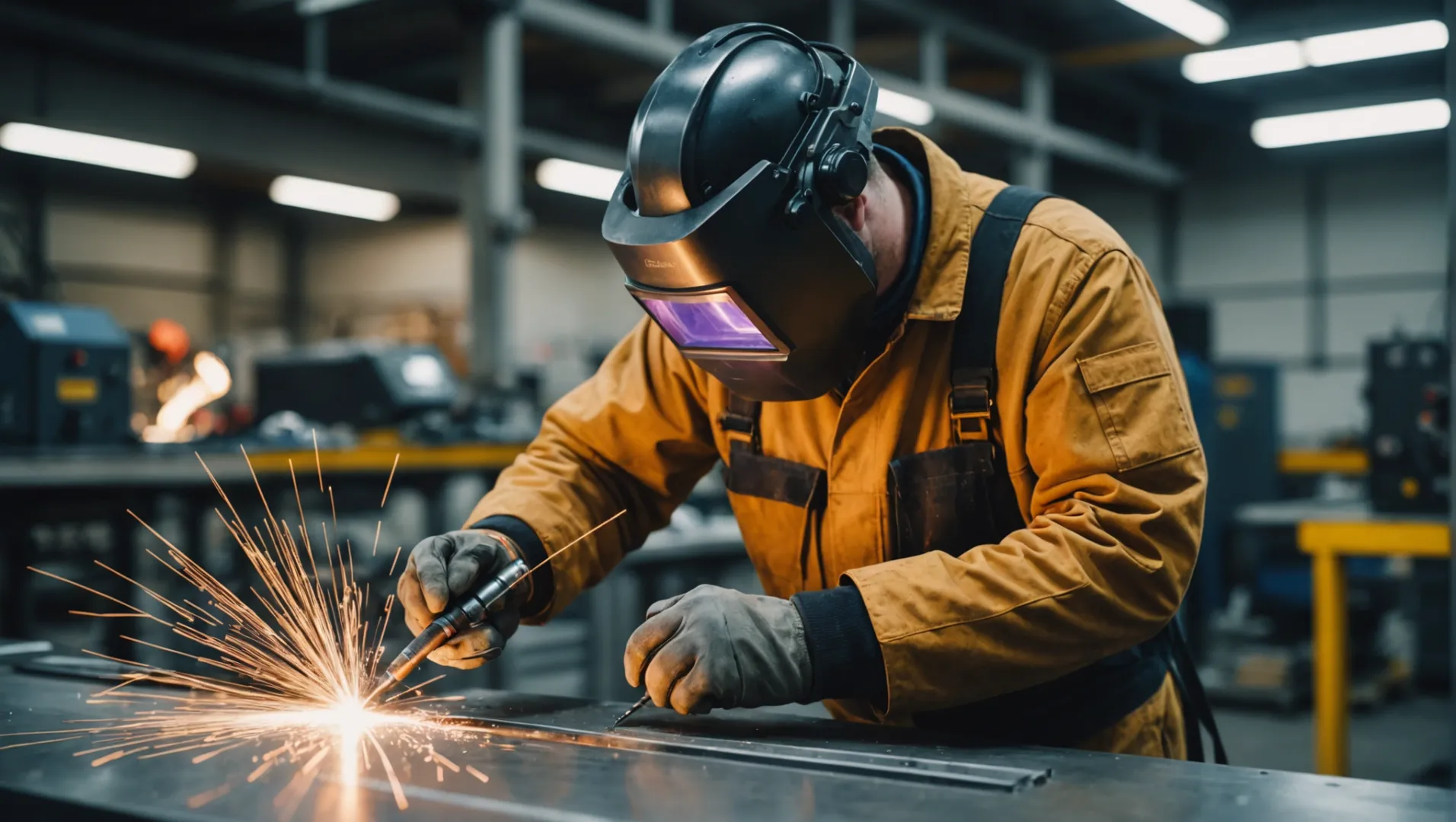
Conclusion
Laser welding11 offers significant advantages over traditional welding methods, especially for stainless steel. With its precision, speed, and minimal heat distortion, it is the ideal solution for industries that require high-quality, strong welds. As technology continues to evolve, laser welding will undoubtedly play an even more crucial role in the future of manufacturing.
-
Explore the advantages of laser welding, especially for stainless steel, to understand its precision and efficiency in various applications. ↩
-
Learn about the heat affected zone (HAZ) and its significance in welding, particularly how it affects material integrity and distortion. ↩
-
Explore the advantages of laser welding, especially its precision and speed, which are crucial for high-quality stainless steel applications. ↩
-
Learn about TIG welding's precision and its limitations, helping you understand when to choose this method over others. ↩
-
Discover how MIG welding's speed and ease of use stack up against other techniques, and when it might be the best choice. ↩
-
Learn about heat distortion and its impact on welding quality, especially in critical applications like aerospace. ↩
-
Explore the advantages of laser welding, including precision and speed, to understand why it's preferred in modern manufacturing. ↩
-
Discover the concept of heat-affected zones and their significance in welding processes, especially in maintaining material integrity. ↩
-
Learn why stainless steel's properties make it a perfect candidate for laser welding, ensuring strong and durable joints. ↩
-
Explore the advantages of laser welding to understand its efficiency and precision in various applications. ↩
-
Laser Welding Machines are different kinds, click this linnk to get more information from Kirin Laser. ↩

